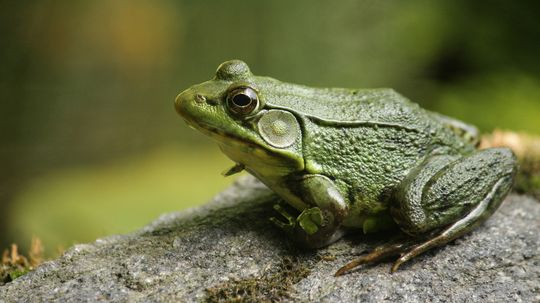Preserving food is a fascinating process that involves various scientific principles and techniques. By employing these methods, we can extend the shelf life of perishable items, ensuring their availability even during times of scarcity. In this article, we will delve into the intricate world of food preservation and explore the science behind its effectiveness.
The Role of Microorganisms in Spoilage
Microorganisms play a significant role in the spoilage of food. Bacteria, yeasts, molds, and other microorganisms are responsible for breaking down organic matter and causing it to deteriorate. These tiny organisms thrive in environments with favorable conditions such as moisture, warmth, and nutrients present in our food.
To combat microbial growth and prevent spoilage, various preservation methods have been developed over time.
The Art of Canning: Heat Processing
Canning is one of the most widely used methods for preserving food. This technique involves sealing perishable items inside airtight containers after subjecting them to high temperatures. The heat destroys harmful microorganisms while also deactivating enzymes that contribute to decay.
During canning, foods are heated at specific temperatures depending on their acidity level. Low-acid foods require higher temperatures to eliminate bacteria like Clostridium botulinum which causes botulism—a severe form of food poisoning.
Pickling: Harnessing Acidity
Pickling is another popular method employed for preserving fruits and vegetables by harnessing acidity levels. By immersing produce in vinegar or brine solutions containing salt or sugar, an acidic environment is created that inhibits bacterial growth.
This process alters the pH balance within the preserved item’s cellular structure—rendering it inhospitable for many types of bacteria. Additionally, the high concentration of salt or sugar in the pickling solution acts as a natural preservative by drawing out moisture from microorganisms, thus preventing their growth.
Freezing: The Power of Low Temperatures
Freezing is an effective preservation method that relies on low temperatures to inhibit microbial activity and enzymatic reactions. By subjecting food items to extremely cold temperatures, water molecules within them freeze into ice crystals—slowing down biological processes that lead to spoilage.
This technique preserves the quality and nutritional value of many perishable foods such as fruits, vegetables, meats, and seafood. However, it’s important to note that freezing does not eliminate bacteria entirely; rather it significantly slows their growth rate until the food is thawed for consumption.
Achieving Longevity: Conclusion
The science behind food preservation allows us to enjoy a wide variety of safe and nutritious options throughout the year. Whether through canning, pickling or freezing techniques—each method employs scientific principles tailored towards inhibiting microbial growth and delaying decay.
Understanding these processes not only helps us make informed choices about our food but also highlights the importance of proper storage practices in maintaining its freshness. So next time you savor a jar of homemade pickles or indulge in frozen berries during winter months, remember the intricate science at work preserving these culinary delights!



